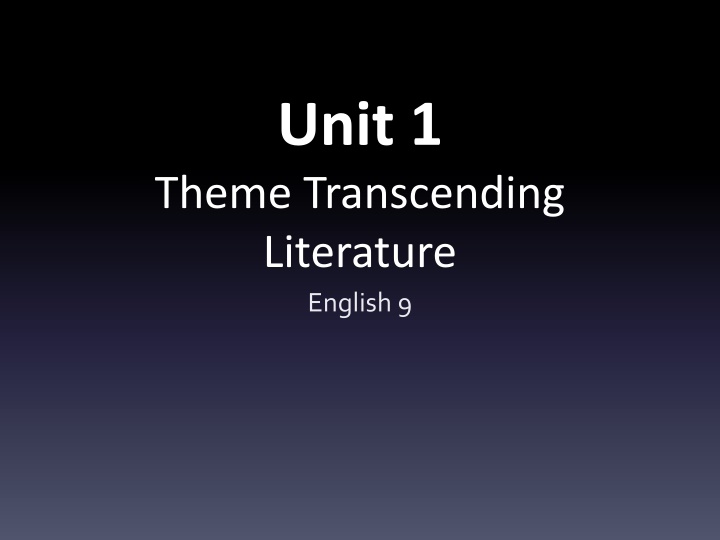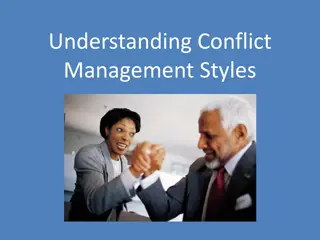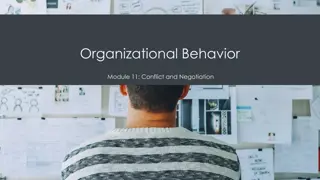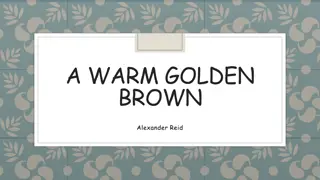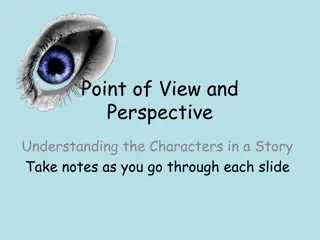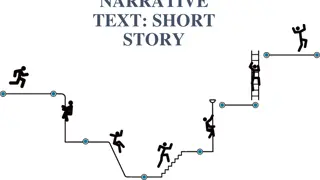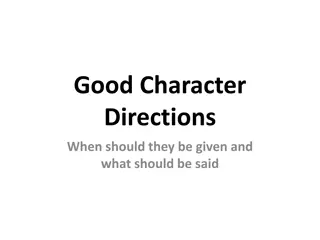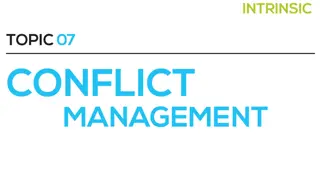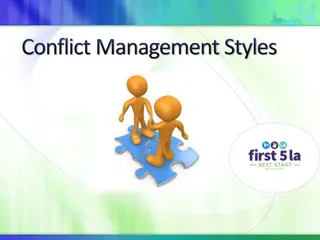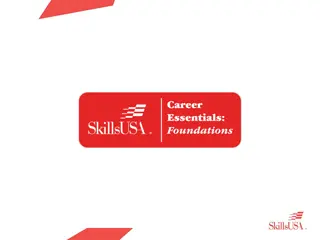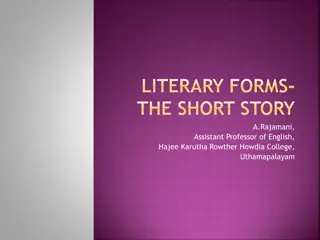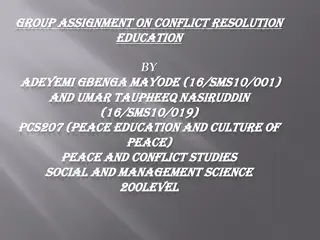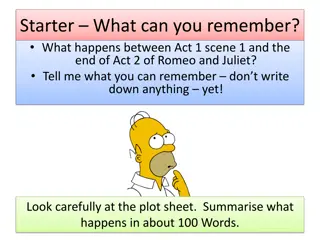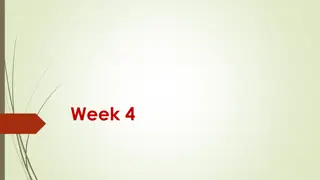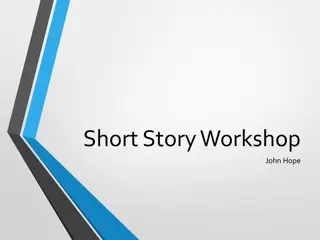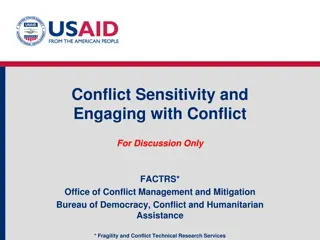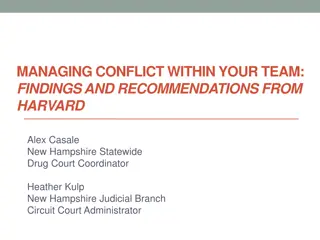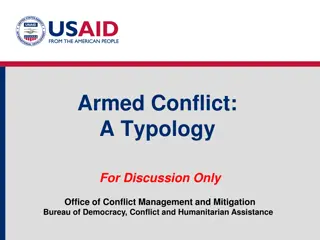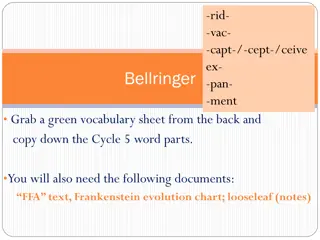Unveiling the Elements of a Short Story: Conflict, Setting, Character, and Point of View
Explore the essential components of a short story such as conflict, setting, character, and point of view through insightful visuals and explanations. Delve into the significance of these elements in shaping narrative structure and conveying thematic messages.
Download Presentation

Please find below an Image/Link to download the presentation.
The content on the website is provided AS IS for your information and personal use only. It may not be sold, licensed, or shared on other websites without obtaining consent from the author.If you encounter any issues during the download, it is possible that the publisher has removed the file from their server.
You are allowed to download the files provided on this website for personal or commercial use, subject to the condition that they are used lawfully. All files are the property of their respective owners.
The content on the website is provided AS IS for your information and personal use only. It may not be sold, licensed, or shared on other websites without obtaining consent from the author.
E N D
Presentation Transcript
Unit 1 Theme Transcending Literature English 9
Table of Contents #1 How to take Cornell Notes #2 The Curve of Forgetting CN #3 How to Find a Theme CN How To Find a Theme-You Tube
Where Were Headed Reading Read 3 short stories and for each one: determine the theme write an objective summary track the development of the theme using a graphic organizer write a theme paragraph. Research Research how the theme of your short story transcends literature/exists in the Real World (in movies, songs, tv, news, etc.) Writing Explain how the theme of your short story transcends literature in a 5 paragraph essay. Group Presentation Demonstrate, in a Movie Trailer for your short story. the theme of your story and how it transcends literature.
What is a short story? A brief work of fiction A main character faces a conflict that is resolved in the plot. It usually conveys a theme, or message about life. It must accomplish its purpose in relatively few words.
Components of a Short Story Conflict Setting Character Point of View Theme
What is Conflict? Conflict is the opposition of forces which ties one incident to another and makes the plot move. Types External (outside) Man vs. Man Man vs. Circumstances Man vs. Society Internal (inside) Man vs. himself/herself (man vs. his fear)
What is Setting? The time and location in which a story takes place. Place Time Weather conditions Social conditions Mood or atmosphere
What is Character? The person in a work of fiction The characteristics of a character (STEAL): What the character says What the character thinks How the character effects others How the character acts What the character looks like
What is Point of View? The angle from which the story is told First person Omniscient Third person
What is Theme? Life lesson, meaning, moral, or message about life or human nature that is communicated by a literary work. In other words: Theme is what the story teaches readers.
Theme Cont. A theme is not a word or a subject, it is a sentence. Theme is a debatable opinion. You don t have to agree with the theme to identify it. There is no wrong answer if you can support it. Examples Money can t buy happiness. Don t judge people based on the surface. It is better to die free than live under tyranny.
Example Abstract word or idea/subject Love What is the author saying about love? = Theme Love, if taken to extremes, can be negative rather than positive. Love can conquer even the greatest evil.
How do you find a theme? 1. Looking for changes in the main character 2. Watching for clear statements of theme 3. Examining the title 4. Looking at the conflict
What is the theme? Jenny Puchovier was so excited. She had a pack of Starburst in her lunch and she had been looking forward to eating them all morning. Lunch finally came and Jenny sat down to eat her Starbursts when her friend Yudy sat next to her. Let me get the pink ones, asked Yudy. Jenny liked the pink ones best, but she thought Yudy was funny and Jenny wanted Yudy to like her, so Jenny gave Yudy all of her pink Starbursts. Before Jenny was done giving Yudy the pink ones, Carrie sat on the other side of Jenny. Let me get the red and the orange ones, Jenny. Remember when I gave you that Snickers? Jenny didn t remember that, though she did remember when Carrie ate a whole Snickers in front of her, but Jenny thought Carrie was cool, so she gave her the red and the orange Starbursts. Now that she only had the yellow ones, Jenny wasn t so excited about eating starbursts anymore.
Identifying Themes Themesare not explicit (clearly stated). Themesare implied. So we must infer. Themes are bigger than the story. Big World of the Theme. Applies to the Real World. Small World of the Story
Themes are about the big picture. Not Yellow Starbursts taste bad Not Yudy and Carrie are bad friends. Think BIGGER. Find Real World advice. Big World of the Theme. Applies to the Real World. Small World of the Story
Review 1. Theme is what we can learn from a story. 2. Themes must be inferred. 3. Themes are about the BIG world.
CN Summary Write a 3 sentence summary at the bottom of your CNs: Something that is becoming clear to me about theme
#5 Find the Theme! We ll read each story. 1. 2. With your partner discuss the possible theme 3. Write a theme statement in your notebook 4. Write another sentence explaining what happens in the story that leads you to believe this. How does the small world of the story connect to the big world theme?
#1 small village. This mean little boy loved to mess with people, so one day he ran up to a sheep herder and shouted, WOLF! WOLF! A wolf is attacking the town! The sheep herder grabbed his staff and ran to defend the town, but realized he had been fooled when the boy started pointing and laughing at him. Ha ha! I made you jump, said the boy. Then the boy ran up to a farmer and shouted, WOLF! WOLF! A wolf is attacking the town! The farmer grabbed his pitchfork and ran to defend the town, but when the boy started pointing and laughing at him, he realized he had been tricked. As the boy went back to his family s farm laughing about the funny trick he played, he saw a real wolf in his father s chicken coop. As the wolf ate all of his father s chickens, the boy screamed over and over again, WOLF! WOLF! Please help us! But nobody came to help him. Once there was a mean little boy who lived in a
#5 Find the Theme! Write a theme statement in your notebook Write another sentence explaining what happens in the story that leads you to believe this. How does the small world of the story connect to the big world theme?
#2 people s names with bright hearts & flowers, but she lost own markers, so she borrowed her teacher s. The school day was ending, but Angie wanted to keep coloring, so she took the teacher s markers home and lost them in her messy room. She came back to school the next day and wanted to color again, so she asked the teacher for more markers. The teacher replied, Sure, Angie, but this is my last pack. Angie said she would be careful, but by the end of the day the markers were scattered all over the floor and the custodian swept them up and disposed of them. When Angie came in the next day, she asked the teacher for more markers, but she was disappointed to find that there weren t any more. I don t know where all of my markers went, said the teacher, but I don t have them. Angie had to draw her pictures with drab pencils. Angie loved to draw. She made colorful designs of
#5 Find the Theme! Write a theme statement in your notebook Write another sentence explaining what happens in the story that leads you to believe this. How does the small world of the story connect to the big world theme?
#3 Jenny hated reading class. She didn t understand point of view or figurative language, and not knowing how to do the work frustrated her. She asked the teacher for help, but he spoke so fast and used such big words that she still couldn t understand. The teacher asked if she understood, and she nodded her head, but she didn t. Jenny s friend Katie knew that Jenny was having trouble, and, rather than just giving Jenny all of the answers, Katie explained to Jenny how to solve the problems. Katie spoke clearly and at Jenny s level, and Jenny was happy that she finally learned how to do the work. Later in the week, Katie was having trouble in math class. She didn t understand coordinates and was really frustrated. Seeing that Katie was having problems, Jenny, who understood math very well, taught Katie coordinates. Both girls made honor roll that quarter.
#5 Find the Theme! Write a theme statement in your notebook Write another sentence explaining what happens in the story that leads you to believe this. How does the small world of the story connect to the big world theme?
#6 - The Necklace Summary and Theme 3rd Section
As you read Think about what the topic or theme might be. What can we learn from the story? What can we infer from the actions of the characters and the plot? How can what we learned from this story apply to the BIG world? Where is the theme introduced, developed, and refined?
After you read Write: One paragraph objective SUMMARY A THEME Statement (not a topic!)
#6 The Necklace Summary and Theme Write: One paragraph objective SUMMARY Make sure you explain the following: Setting Character and Point of View Conflict and Resolution A THEME Statement (not a topic!)
The Necklace Graphic Organizer In groups of 2-3, create a graphic organizer that depicts the development a theme from The Necklace (introduced, developed, refined). Be creative when designing your graphic organizer and when depicting the development of theme. Feel free to incorporate visuals, graphics, etc. Your graphic organizer must answer the following questions and include quotes (concrete details/CD) and analysis of such details (commentary/CM): Where is the theme introduced? 1 Quote/concrete detail + 2 CM Where is the theme developed? 1Quote/ concrete detail + 2CM Where is the theme refined? 1 Quote/concrete detail + 2CM Be prepared to share!!
Example: Theme? Development? ? ? ? Story? Title? __________________________________________________? ? Step? 1-? Abstract? Word:? ___________? ? Step? 2-? What? is? the? author? trying? to? say? about? ___________?? ? ? Theme? Statement? ? ? Where? is? the? theme? introduced?? Where? is? the? theme? developed?? Where? is? the? theme? re ined?? -? -? ? -? -? -? -? 1 CD: 2 CM: ? How? does? this? theme? transcend? literature?? ? ? ? ? ?
Example: Theme Statement Introduced Developed Refined 1 Concrete Detail (CD) Quote with Page # 1 Concrete Detail (CD) Quote with Page # 1 Concrete Detail (CD) Quote with Page # 2 Commentary (CM) Explanation of how the CD introduces the theme 2 Commentary (CM) Explanation of how the CD develops the theme 2 Commentary (CM) Explanation of how the CD refines the theme
The Necklace Theme Paragraph Instructions: Use your theme statement and analyze its development over the course of the short story using the information from your graphic organizer.
A theme in The Necklace by Guy de Maupassant is _____________ _________________________________. For example, the author introduces the theme by writing, __________________________ (de Maupassant #). CM:___________________________ CM______________________________ . The author also develops the theme by stating , ______ (de Maupassant #). CM___________________________ CM______________________________. The author also refines the theme by writing, ______ (de Maupassant #). CM____________________________ CM______________________________. CS _____________________________________________________________. CD = Concrete Detail (Direct quotes from text) CM = Commentary (How the CD shows the theme) Sentence starter for CM: This shows or This is evidence of CS = Concluding Sentence
# 9 The Scarlet Ibis Summary and Theme 3rd section of notebook
As you read Think about what the topic or theme might be. What can we learn from the story? What can we infer from the actions of the characters and the plot? How can what we learned from this story apply to the BIG world?
After you read Write: One paragraph objective SUMMARY A THEME Statement (not a topic!)
#9 The Scarlet Ibis Summary and Theme Write: One paragraph objective SUMMARY Make sure you explain the following: Setting Character and Point of View Conflict and Resolution A THEME Statement (not a topic!)
The Scarlet Ibis Graphic Organizer In groups of 2-3, create a graphic organizer that depicts the development a theme from The Scarlet Ibis (introduced, developed, refined). Be creative when designing your graphic organizer and when depicting the development of theme. Feel free to incorporate visuals, graphics, etc. Your graphic organizer must answer the following questions and include quotes (concrete details/CD) and analysis of such details (commentary/CM): Where is the theme introduced? 1 Quote/concrete detail + 2 CM Where is the theme developed? 1Quote/ concrete detail + 2CM Where is the theme refined? 1 Quote/concrete detail + 2CM Be prepared to share!!
The Scarlet Ibis Theme Paragraph Instructions: Use your theme statement and analyze its development over the course of the short story using the information from your graphic organizer.
A theme in The Scarlet Ibis by James Hurst is _____________ _________________________________. For example, the author introduces the theme by writing, ____________________________________ (Hurst #). CM:___________________________ CM______________________________ . The author also develops the theme by stating , ______________ (Hurst #). CM___________________________ CM______________________________. The author also refines the theme by writing, ________________ (Hurst #). CM____________________________ CM______________________________. CS _____________________________________________________________. CD = Concrete Detail (Direct quotes from text) CM = Commentary (How the CD shows the theme) Sentence starter for CM: This shows or This is evidence of CS = Concluding Sentence
In groups of 3-4, you will pick one of the following short stories: If I Forget Thee, Oh Earth p. 486 The Gift of the Magi p. 524 Old Man of the Temple p. 203 Uncle Marcos p. 577 Rules of the Game (EC) p. 262 The Golden Kite, the Silver Wind p. 178 The Interlopers p. 304 Checkouts p. 282 The Casque of Amontillado (EC) p. 6
#11 ___________ Summary and Theme In groups of 3-4, read your group s short story Write: One paragraph objective SUMMARY Make sure you explain the following: Setting Character and Point of View Conflict and Resolution A THEME Statement (not a topic!)
__________ Graphic Organizer In your group, create or use one of the graphic organizers you have used previously Your graphic organizer must answer the following questions and include quotes (concrete details) and analysis of such details (commentary): Where is the theme introduced? 1 concrete detail + 2 CM Where is the theme developed? 1 concrete detail +2CM Where is the theme refined? 1 concrete detail + 2CM
__________ Theme Paragraph Instructions: Use your theme statement and analyze its development over the course of your short story using the information from your graphic organizer.
Real World Research Research your theme statement from your short story and how it exists in other parts of the world: news stories, art, songs, television shows, movies, and/or poetry. HW: On Tuesday, bring 2 artifacts from different mediums Ex. Song lyrics, news article, movie synopsis, poem, picture of art work, synopsis of TV show Don t forget to keep track of the source/website you retrieved your artifact!
Real World Graphic Organizers Track the development of the theme in each of your examples using the graphic organizer you used for the short stories (include where the theme is introduced, developed, and refined) You will have 2 Graphic Organizers Try and use quotes for concrete details (CD) but if that is not an option, use facts or examples from your source
Real World Paragraphs Instructions: Use your theme statement and analyze its development over the course of both of your Real World examples using the information from your graphic organizer. You will have 2 paragraphs
Writing Prompt Explain how your theme statement transcends literature. Using the theme statements and textual evidence you gathered about your short story, and the research you gathered from the real world, write an informative/explanatory 5-paragraph essay explaining how a theme is developed in each medium. You should explain your analysis and how the theme is introduced, shaped, and refined for each medium with well-chosen facts and details.
